For women ex-prisoners, food insecurity can trigger catastrophe. Activists want more aid
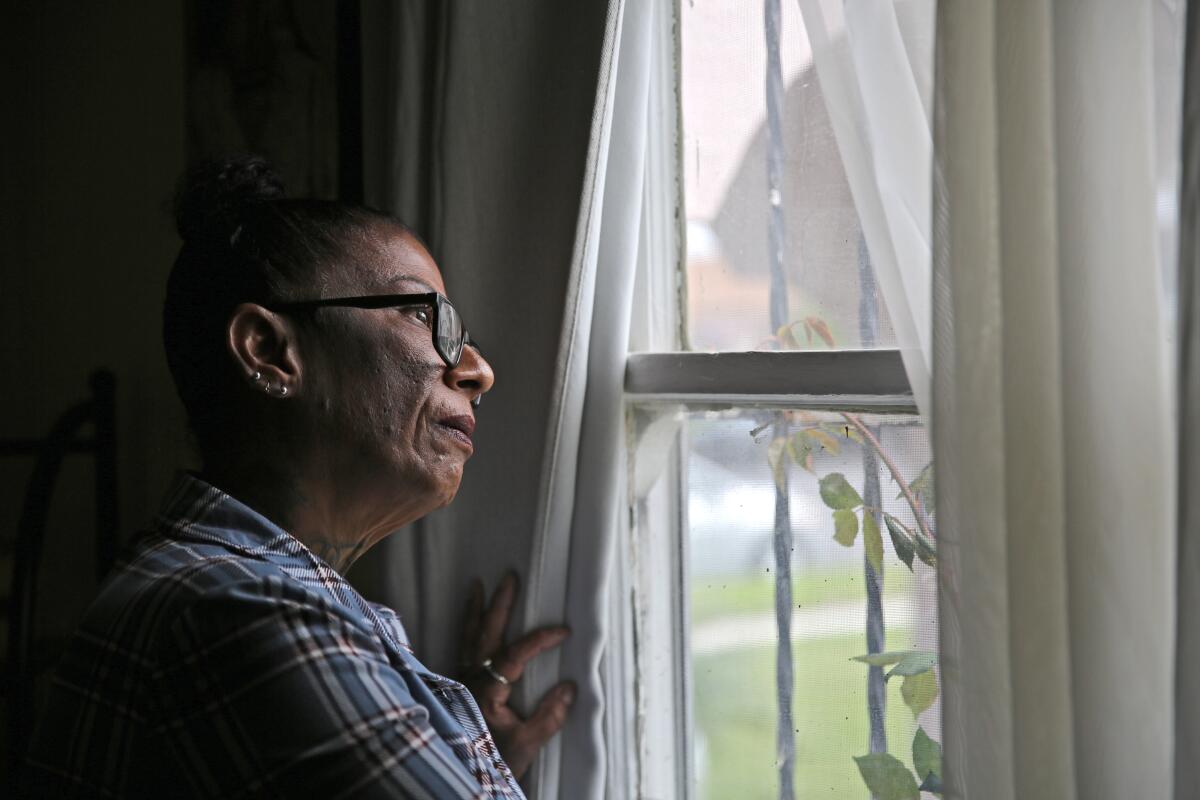
- Share via
When Deanna Mirabal was released from prison seven months ago, after 38 years of being locked up, anxiety overtook her instead of happiness.
The world that she left behind at 19 was nonexistent. It had been replaced by a shocking new world in which people searched for information on something called the Internet and communicated through handheld devices that were hard to obtain behind cell bars.
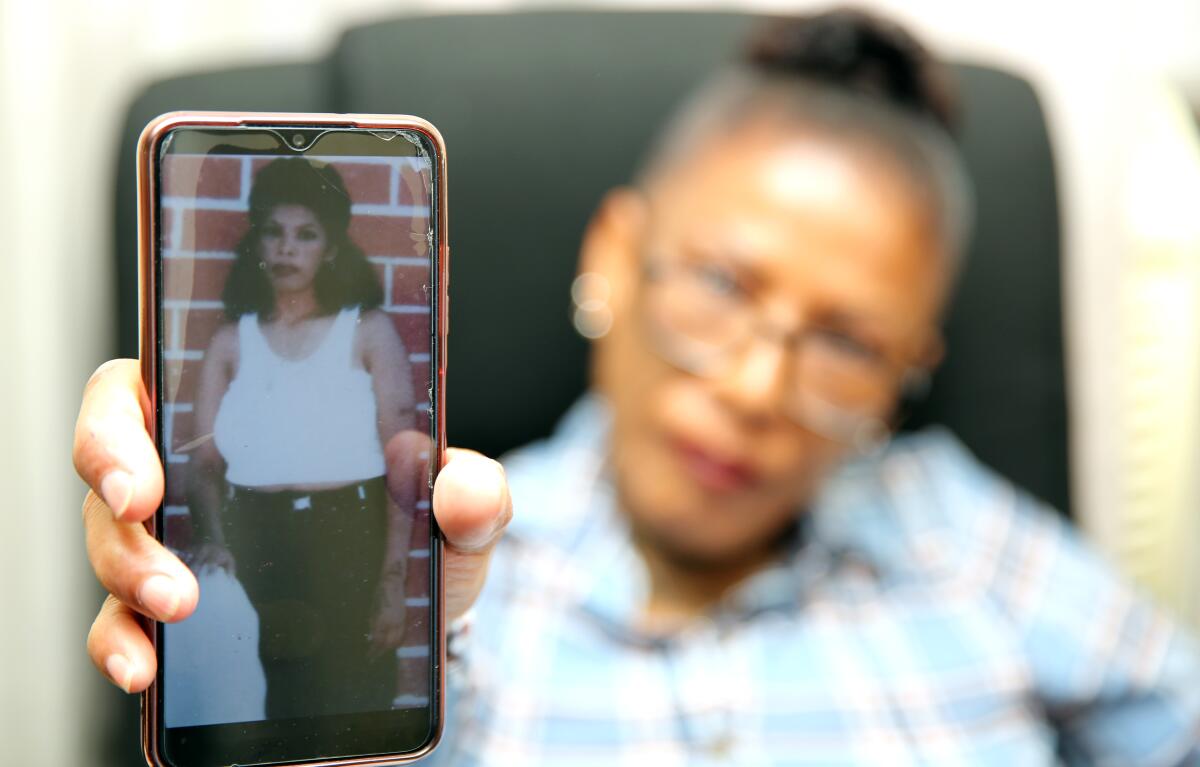
But Mirabal’s biggest concern was how to apply for government food stamps while she searched for employment and a stable place to live after her release from the Central California Women’s Facility, northwest of Fresno, about 250 miles from Los Angeles.
“Leaving the prison system was like entering another world that wasn’t real, but the basic needs like food were real,” said Mirabal, a San José native who was sentenced for taking part in a robbery that resulted in a murder she said she did not commit. “We would like people to be able to put themselves in our shoes. Without such necessary help as food, it is difficult for a woman like me to successfully reenter society.”
Mirabal is one of thousands of women who face food insecurity each year upon their release from the California prison system. But that’s just the tip of an iceberg, experts say. Food insecurity can extend to family members of formerly incarcerated women and can spiral into other problems that increase the risk of recidivism.
According to a July 2019 report from the Prison Policy Initiative, a nonprofit organization that produces research to expose the harms of mass criminalization, an annual average of 189,000 women are released from California jails and prisons. That same report found that formerly incarcerated women, especially African American women and Latinas, have much higher rates of unemployment and homelessness than formerly incarcerated men, and are even less likely than incarcerated men to have had a high school education.
In November, a coalition of California nonprofit organizations launched The Thriving Transitions campaign, which seeks to raise awareness about the effects of food insecurity on women exiting the penal system. Current law requires that food stamp benefits automatically stop when someone goes to jail or prison. Upon exiting the system, low-income people must reapply for CalFresh, California’s largest federally funded government nutrition program, which is administered by the California Department of Social Services.
CalFresh benefits are provided in the form of an electronic benefits transfer (EBT) card, which works like a debit card and can be used to buy food at participating grocery stores, farmers markets, and other retailers. The amount of benefits varies based on factors such as household size, income and expenses. To be eligible, households generally must have a gross monthly income at or below 200% of the federal poverty level to qualify for benefits. Some higher-income households also may be eligible if they have high housing or child-care expenses.
The nonprofit coalition, including Nourish California, Root & Rebound, Justice in Aging, and Legal Services for Prisoners with Children, wants California to integrate the CalFresh application into the release process for formerly incarcerated women.
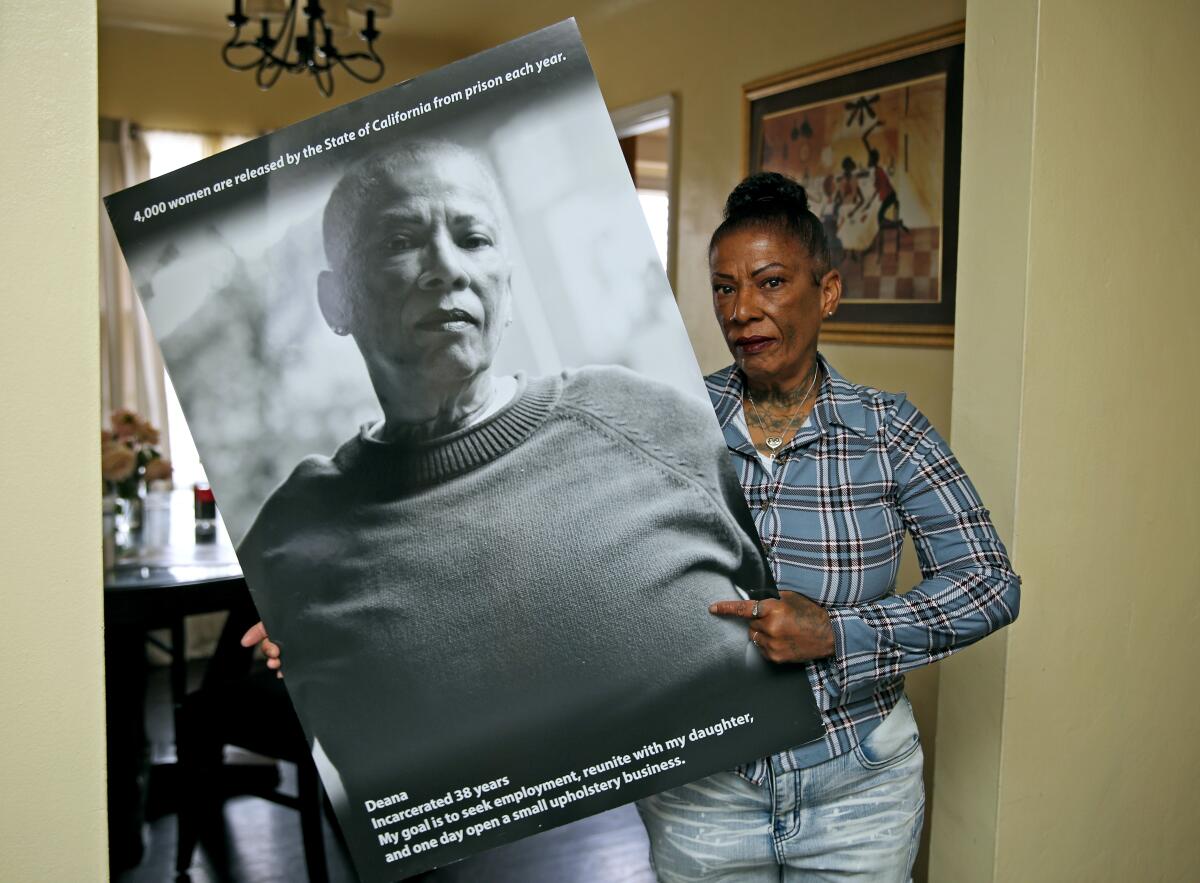
Gail Yen, director of policy for Root & Rebound, a legal services organization in the Central Valley that supports people navigating their reentry, said R&R joined the campaign after seeing a regional shortage of reentry-focused organizations.
“There are few specific re-entry organizations in the Central Valley that are doing the job, let alone providing holistic services for formerly incarcerated women,” Yen said. “Through our Fresno Re-Entry Women’s Employment Initiative, we provide free wrap-around services for women impacted by the system, including helping them enroll in public benefits like CalFresh so they can feed their families.”
Currently, California does not have a statewide process for pre-release processing of CalFresh applications for incarcerated people. The only help people with a criminal record get upon release from prison is a $200 check to cover immediate expenses.
“Two hundred dollars is not going to be enough for anyone living in California these days, so how can we expect this amount to help people who are just returning home and face a lot of barriers?” Yen asked.
Last year, then-state Sen. Sydney Kamlager-Dove, a Democrat who is now U.S representative for California’s 37th Congressional District in Los Angeles, sought to increase from $200 to $1,300 the amount provided to formerly incarcerated persons upon their release from state prison. But Gov. Gavin Newsom rejected the bill (SB-1304), citing budget constraints.
According to Yen, while nearly everyone leaving the penal system finds themselves penniless, women are hurt the most by challenges that can include lack of employment, housing, transportation, parenting, addiction and poor physical and mental health.
“If we can’t provide everyone with stable jobs and housing when they get out of prison, we can at least provide them with access to public benefits, including CalFresh and other supports,” Yen said.
Mirabal had no addiction or mental illness problems, but she had no home, no job, and no transportation. In October she was welcomed into A New Way of Life, a nonprofit organization that provides housing and support to formerly incarcerated women.
“This place opened the doors for me so that I can become independent in the near future,” said Mirabal, who now works as a cleaner at Crypto.com Arena. “They got me a cleaning job, they helped me apply for CalFresh, and with that food savings I want to buy a car.”
“But not all people are as lucky as me,” she continued. “They, like me, have paid their penalties. We can’t be punished out there as well.”
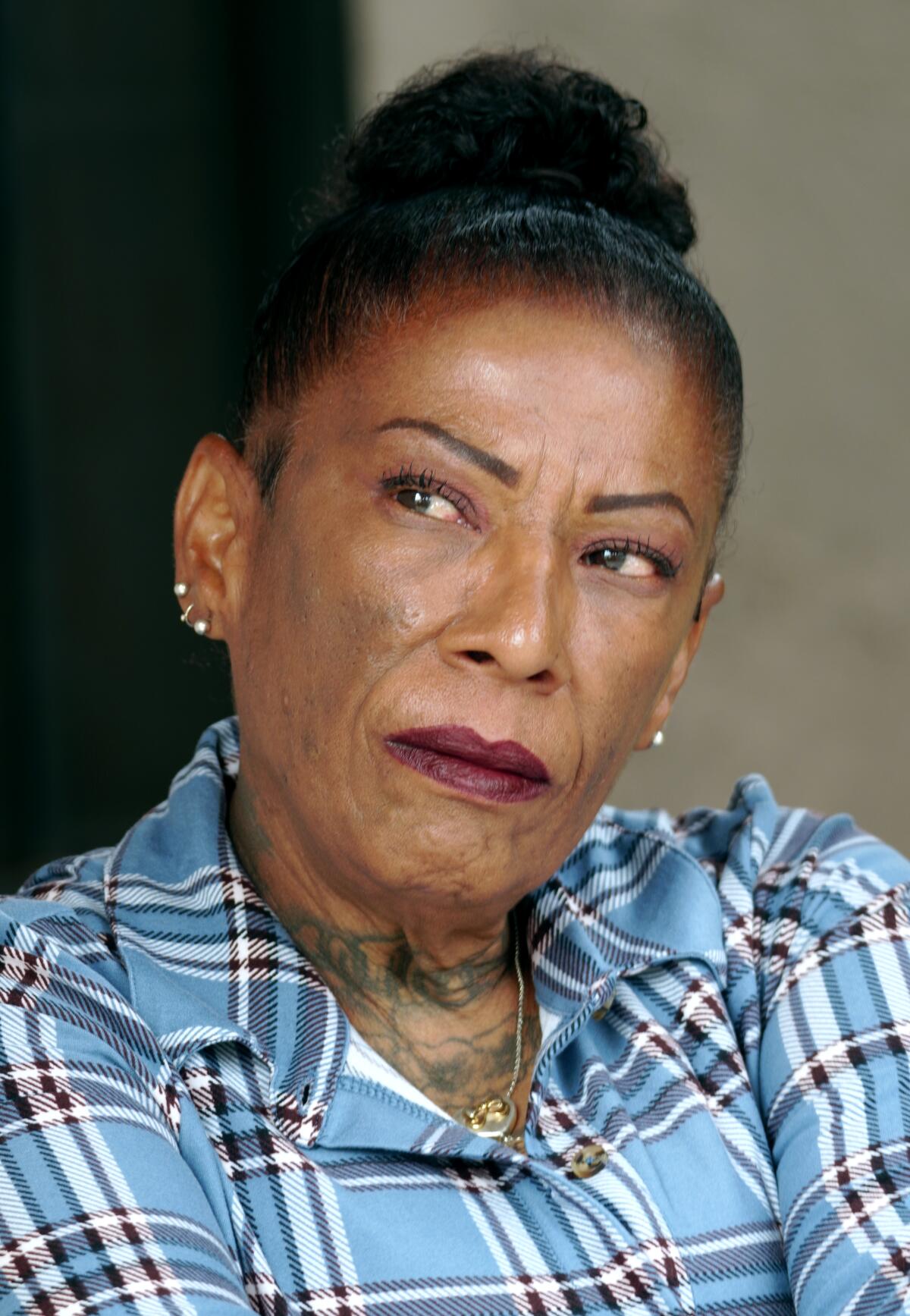
Barbara Chavez, an Oakland resident, also struggled after leaving prison. The 49-year-old was released from the Central California Women’s Facility in February 2019 after serving 20 years and four months. She went to live with her 27-year-old son, whom she had left behind when he was only 7. Now, two decades later, he had a wife and three young children to support.
Without a job or money, Chavez realized after a few months the discomfort and financial stress that her presence was causing the family. She tried to apply for food stamps but discovered she would need a smart phone to download and navigate the application. And her son bridled at having to share personal information that Chavez needed in order to apply.
Chavez believes that if she’d had CalFresh when she left prison she wouldn’t have imposed such a burden on her son and could’ve maintained family harmony.
“Nothing out there was familiar to me, and all I could do was cry because my parents had died and I had no one else to turn to for help,” said Chávez.
Today, Chávez is in the Legal Services for Prisoners with Childen’s Elder Freeman Policy Fellowship program, a year-long fellowship that allows formerly incarcerated people to learn about community organizing, legislative and administrative advocacy and criminal justice reform.
Kameron Mims-Jones, a policy advocate for Nourish California in the Los Angeles metropolitan area, said California releases thousands of citizens returning from prison or jail each year into a disjointed bureaucratic system. As a result, they are twice as likely to experience food insecurity and remain at risk of experiencing associated unemployment-related poverty, including the risk of homelessness.
“Unfortunately, the most affected are low-income people, people without higher education, and many of them, we know, are minorities like Blacks or Latinos,” Mims-Jones said.
According to a report by the Prison Policy Institute of California, Black/African American men and women made up about 27% of California’s prison population in 2020, despite representing only about 6% of the state’s adult population. Latinos accounted for about 41% of the prison population, while they make up about 38% of the adult population. By contrast, white and Asian inmates were relatively underrepresented in the prison population.
“It is worth noting that these disparities in California’s prison population are not unique to the state and reflect broader racial and ethnic disparities in the criminal legal system across the state. Those who identify as women are included in that disparate impact,” Mims-Jones said.
Karina Apodaca-German, program manager for the nonprofit Center for Healthy Communities at Chico State University, which promotes food safety and nutrition education, said her organization only began in November 2020 to focus heavily on helping people who’ve been in the criminal justice system to keep their CalFresh benefits in several Northern California counties, including Butte, Sacramento, San Joaquin, Yuba, Yolo, and Alameda.
“We wanted to focus on this specific population because we know they are a very overlooked population and this contributes to inequity even after they are released.” said Apodaca-German, who leads the project with a couple of fellow volunteers and occasional student interns.
The organization works closely with California Department of Corrections and Rehabilitation staff to meet their clients through re-entry events. However, Center for Healthy Communities is not part of any official CDCR assistance program.
“We have been able to help almost 200 people, both men and women, get CalFresh, but we believe that many people who leave the system fall through the cracks and leave without knowing the assistance,” said German-Apodaca, whose organization joined the Thriving Transitions campaign in January.
Trinh Phan, director of state income security for Justice in Aging, a national nonprofit organization that focuses on advocacy and policy development to improve access to public benefits such as Supplemental Security Income and SNAP/CalFresh, said groups like hers must make noise to attract lawmakers’ attention.
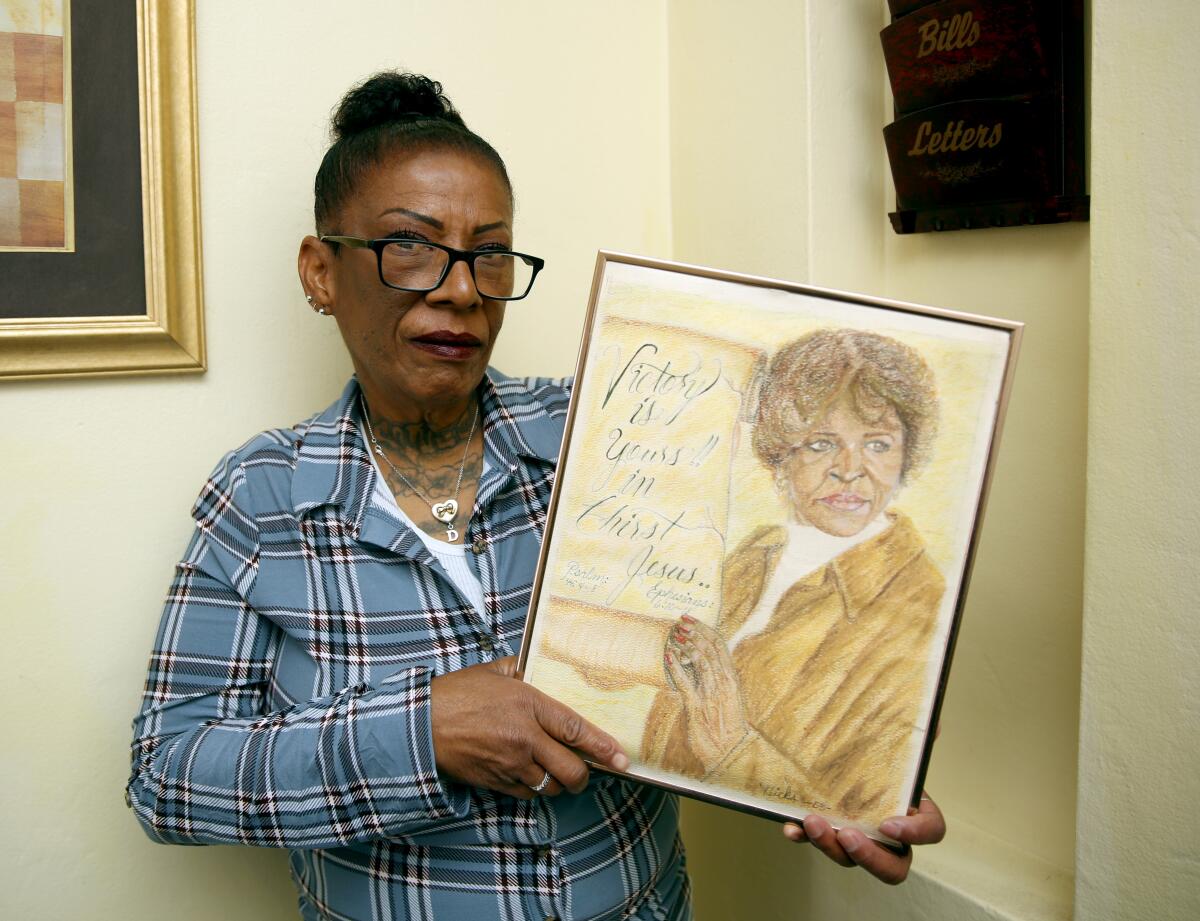
“This campaign is a cry for help, not just from the women leaving the system but from entire families, including children who may be affected,” she said.
To date, Orange is the state’s only county that has launched a pilot program (between March 1, 2021 and February 28, 2023) that allowed inmates to apply for CalFresh benefits 30 days’ prior to their release. According to local officials, at least half the county’s jail population was identified as having mental illness and substance use disorders.
“It’s inspiring that Orange County has launched this pilot, but we’re waiting for other counties to jump in and do the same,” Phan said.
Some politicians are paying greater attention to the affect of food shortages not only on the formerly incarcerated but on many low-income Californians. Rep. Kamlager-Dove said she pushed for the passage of SB 1304 because the $200 allotment has not increased in 50 years.
“When you go hungry you can make really bad decisions and we don’t want these mothers to go back to jail,” Kamlager-Dove said.
The recidivism report for offenders released from the Department of Corrections and Rehabilitation in fiscal year 2017-18, released this April, showed that approximately 44.6% of offenders released in California are reconvicted within three years of release.
Kamlager-Dove is focusing on two new bills. The first is the One Stop Community Reentry Program Act, which would provide grants to establish holistic reentry centers that centralize housing, job training, mental health counseling and other vital services in one location. The second is the Pregnant Women in Custody Act, which would ensure that pregnant women receive quality care while incarcerated.
Like Kamlager-Dove, Assemblymember Miguel Santiago (D-Los Angeles,) who represents the 53rd District encompassing parts of downtown, Koreatown and the communities of Westlake and Pico-Union, said the sharp rise in food costs, housing and gasoline, coupled with inflation, has left many Californians struggling for access to food.
“Lack of food is a problem that hits my guts directly and from which I have not been able to recover. Seeing thousands of families formed while handing out food baskets at the start of the pandemic was devastating,” said Santiago, who is known for his work on issues related to education, housing, health care and criminal justice reform.
“When you ask people what their biggest struggle is, many will tell you food insecurity,” Santiago added. “There are people who eat once a day in California, one of the richest economies in the world.”
Mirabal said revealing her private life is not easy, but she hopes her experiences will touch the hearts of those who make laws.
“We are serving our sentences; we need a second chance as mothers, sisters, wives, aunts, the glue of the family, to reintegrate into society properly,” she said.
More to Read
Sign up for Essential California
The most important California stories and recommendations in your inbox every morning.
You may occasionally receive promotional content from the Los Angeles Times.











